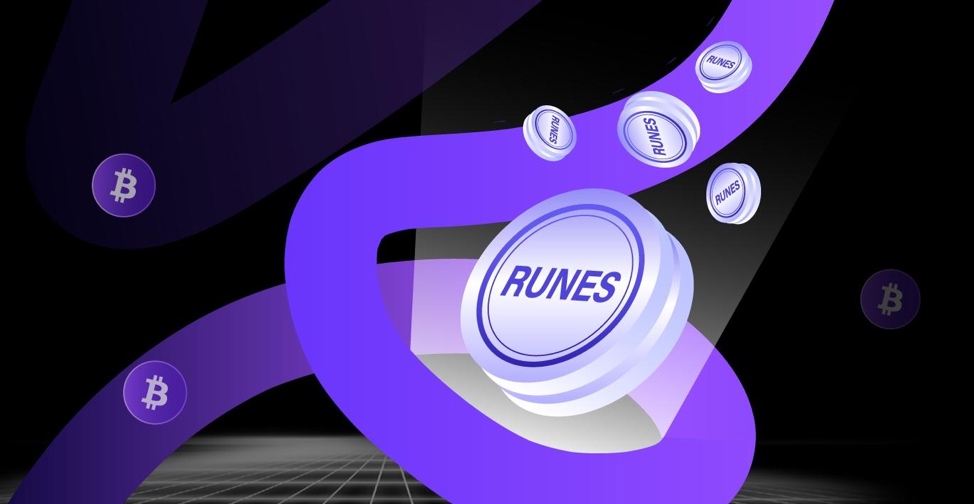
The Bitcoin Runes protocol, which enhances the Ordinals protocol by expediting transactions and reducing costs, witnessed an impressive debut following Bitcoin’s fourth halving on April 20. Initially, the protocol captivated users, accumulating over 85,000 token issuances and generating more than $3 million in fees within its first 10 days, as per data from Dune Analytics.
Recent Slowdown in Activity
Despite its strong start, recent weeks have seen a marked decline in the Runes protocol’s activity. Over the past two weeks, the protocol experienced a significant reduction in its metrics, with new Runes issuance and fee generation falling by more than 50%. Since May 1, only about 5,000 new Runes were issued, generating under $100,000 in fees.
Market Impact and Sentiment
At its peak, the Runes protocol dominated the Bitcoin network’s activity, accounting for as much as 80% of all transactions. However, this figure has since decreased to 20%. This downturn in activity coincides with a broader market slump, characterized by declining Bitcoin prices and sluggish growth across alternative tokens. This general market downturn has likely influenced investor sentiment towards new technologies like Runes.
Before its launch, the Runes protocol generated substantial buzz on social media platforms, particularly from its creator Casey Rodamor. The protocol was touted as a new haven for meme coin trading and speculative “degen” traders. Early activities around the protocol, including the launch of NFT collections and the rapid capitalization growth of the Runes token PUPS, indicated a potentially thriving ecosystem reminiscent of the meme coin markets on blockchains like Solana and Base.
Challenges and Skepticism
Despite the initial excitement, some industry experts remain skeptical about the long-term viability of Runes and similar Bitcoin Layer 2 projects. Critics argue that the fundamental differences between Bitcoin’s UTXO-based network and smart contract-based networks pose significant challenges. Ho Chan Chung of CryptoQuant notes that while the Lightning Network has demonstrated success, protocols like Ordinals, BRC-20, and Runes have struggled to capture a dominant narrative within the Bitcoin ecosystem.
The Runes protocol’s ability to sustain interest and utility within the Bitcoin network remains under scrutiny. While it has introduced innovative functionalities to Bitcoin, the protocol must overcome inherent challenges to prove its long-term value. As the market continues to evolve, the success of Bitcoin’s Layer 2 projects will likely depend on their ability to integrate seamlessly with Bitcoin’s core properties and appeal to a broader user base.
Featured image credit: Shubham Jangid via SunCrypto Academy
